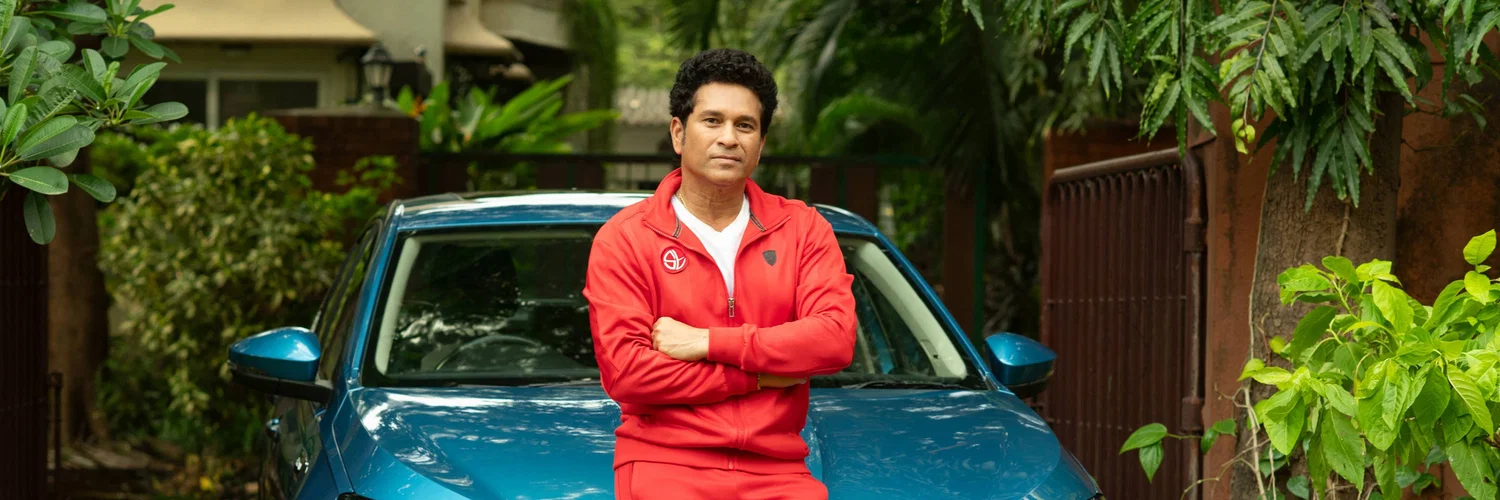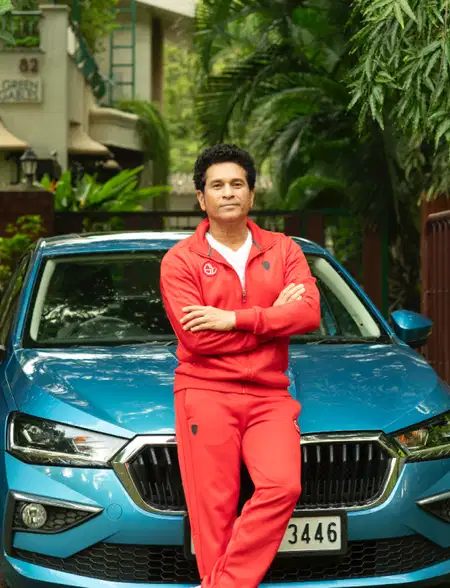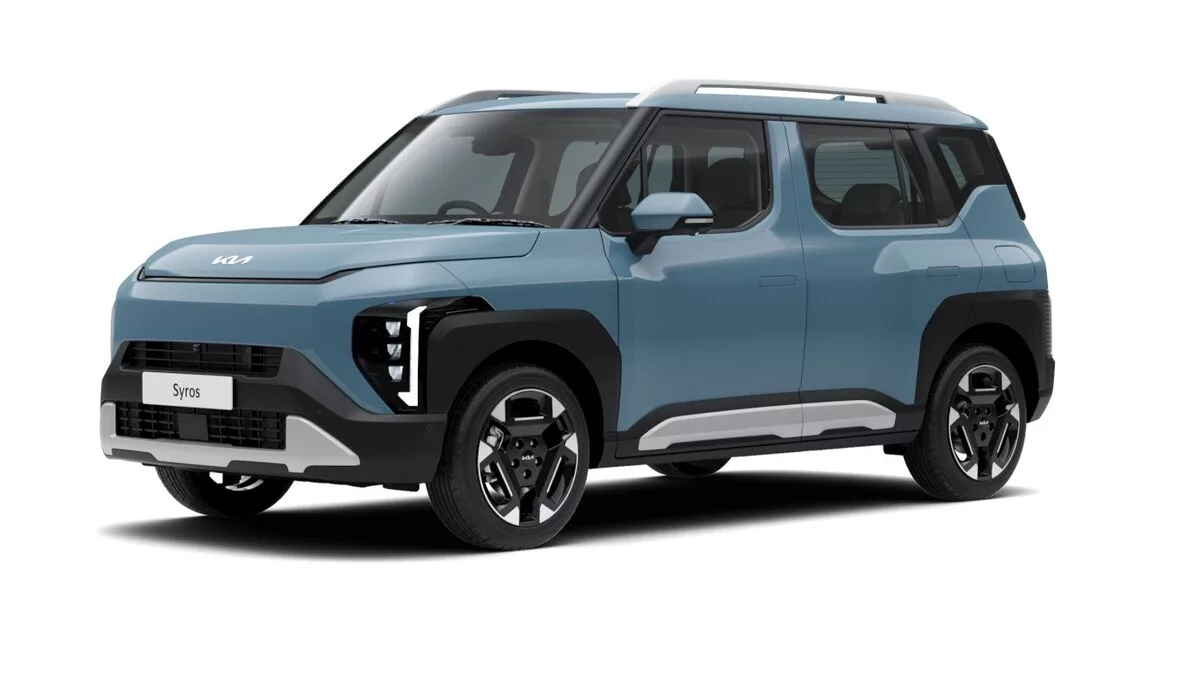There has always been something about this manufacturer that when an Indian thinks of purchasing a car, the first name that pops in their mind is Maruti Suzuki. Of course, efficiency and affordability are the primary yardsticks of the most in India, or so to say ‘People’s Preference’. The “People’s Car” of Maruti Suzuki has magnificently served to “People’s Preference” while maintaining top-notch class in other attributes. Over the years Maruti Suzuki has competed with some leading foreign and Indian manufacturers and yet is the most successful automotive manufacturer in India. The idea of “People’s car” has a pretty interesting story behind it; let’s find out what made the biggest carmaker in India the ruler of Indians’ hearts.
Founding of the People’s Preference
The story of India’s “People’s Car” began in 1971, with the Congress government of the time looking to establish automotive manufacturing in India to serve the citizens with an affordable, efficient, and indigenous car. Maruti Motors Limited was established in 1971, with Sanjay Gandhi, a pilot and automobile enthusiast, being made the managing director of the nascent company. However, due to the political developments of the late 1970s and 1980s, a single car could not be produced under the Maruti name during Sanjay Gandhi’s lifetime.

In 1981, the project for the Indian People’s Car was revitalised with the government salvaging Maruti Motors and rechristening it as Maruti Udyog. It was realised that an established foreign manufacturer would be needed to kickstart India’s first indigenous car manufacturer. Soon Suzuki from Japan was contacted for collaboration, and when the Japanese manufacturer learned that Volkswagen had also been contacted for the same purpose, it did everything possible to beat the German manufacturer in the race. In 1982, Maruti Suzuki was established under a joint venture agreement and by 1987, this company exported the first batch of 500 cars to Hungary. This significant milestone is not just the story of India’s first mass-produced car manufacturer but also the story of India becoming an automobile exporter, serving the demands of Western markets.
The Cars that Defined Maruti Suzuki
Maruti Suzuki 800

The Maruti Suzuki 800 is the definite People’s Car that revolutionised the way people in India perceived cars and car ownership. Launched in 1983, the front-wheel drive, box-shaped, fuel efficient hatchback ticked the boxes for an affordable and efficient car for the masses. In over 31 years of production, 2.87 million cars were manufactured and 2.66 million were sold in India. The export of the Maruti Suzuki 800 started with Hungary and then followed by many countries, Czechoslovakia, Yugoslavia, France, to name a few. The success of the Maruti Suzuki 800 not only satiated the desire to own a car for millions of Indians but also significantly boosted the economy by establishing India as an automotive manufacturing hub for the world.
Maruti Suzuki Omni / Maruti Suzuki Van

At first glance, the Maruti Suzuki Omni does not appear to be an iconic car. However, today’s popularity of 7-seater people movers can be traced all the way back to 1984 when the Maruti Van was launched. The 8-seater van sold like hotcakes for the space, utility and convenience it offered. The Maruti Omni we know today was launched in 1996 and still serves many Indians as ambulances, taxis, and delivery vans. The Maruti Omni was discontinued in 2019, after 35 years of phenomenal success in India.
Maruti Suzuki Gypsy

Yes, exactly, the police car with the red light mounted over the roof. In 1985, Maruti Suzuki Gypsy, the first off-roader and 4-wheel drive SUV of India was launched. The off-roading capability of the Gypsy is still used as a benchmark for off-road cars today and many can still be found crossing unforgiving terrain with ease. The Maruti Gypsy has also become an icon as the workhorse for the Indian Armed Forces due to its simplicity and utility. While the SUV is not available for civilians anymore, it still remains in production exclusively for the Indian Armed Forces. The Gypsy is still quite revered among many adventurers and some keep their off-road beauties modified specially to go off-road.
Maruti Suzuki 1000 / Maruti Suzuki Esteem

By 1989 Maruti Suzuki had bloomed to substantial popularity, and people would actually wait for the new launches from the Indo-Japanese manufacturer. The three-box Maruti-Suzuki 1000 was the first contemporary sedan and soon became favourite of most due to the class and prestige it showcased. Truth be told, the remarkable sedan was a luxury vehicle back then, and a computerized lottery would decide the lucky buyers. The sedan initially had a 0.97L petrol engine, got facelifted in 1994 with a 1.3L petrol engine, and was renamed Maruti Suzuki Esteem.
Maruti Suzuki Zen

By 1991, 65% of the components of Maruti Suzuki vehicles were indigenised. Zen made its entry in 1993 with a 993 cc petrol engine. The hatchback immediately became a sensation in India as well as globally. Many took a shine to driver-oriented Maruti Suzuki Zen due to its racing capabilities.
The arrival of the Maruti Suzuki Zen D, Maruti Suzuki first diesel car with a 1.5L diesel engine further magnified Zen’s sensation. The combination of power and efficiency immediately made it a remarkable hit. India’s first fun-to-drive hatchback still holds a significant resale value in the used car market.
Maruti Suzuki Baleno

In 1999, the first premium sedan from the Indo-Japanese automaker, Maruti Suzuki Baleno left people enthralled. What Skoda Octavia is now for most, Maruti Suzuki Baleno was back then. The three-box sedan with a 1.6L petrol engine was built to rival Ford Escort, Opel Astra, etc. Baleno became the primary preference for those looking for an upmarket sedan as well as a car to lust after for the youth as soon as it was launched.
Maruti Suzuki Today
After nearly 38 years in India, Maruti Suzuki is as dominant as ever. The Indo-Japanese car brand commands nearly 48% of the Indian car market and even with new entrants coming, it does not look like it will relent its position in India. For many, a Maruti car is their first car and for just as many, it is their car for life.
Maruti Suzuki has made a name for itself as a car brand building cars for the masses with affordable cars like the Alto, WagonR, and Swift being their most popular cars. However, in recent years, the veteran car brand has shifted towards bringing premium cars to the masses. The new Maruti Suzuki Baleno, S-Cross, and Ciaz are premium cars in every way but still serve to highlight Maruti’s commitment to delivering an affordable, efficient and, most importantly, desirable car for the people.
Important Links
7 Seater Cars | Best Mileage Cars | Used Cars In Bangalore | Used Cars In Delhi | Hybrid Cars in India | Sunroof Cars | Used Cars In Gurgaon | Used Cars In Hyderabad | Used Cars In Noida | Used Cars In Pune | CNG Cars in India | Jeeps in India | Used Cars In Mumbai | Used Cars In Ahmedabad | Types of Cars | Car Brands in India | Used Cars In Chennai | Used Cars In Kolkata | Used Cars in Lucknow | Automatic Cars in India | Luxury Cars in India | Used Cars in Chandigarh | Used Cars in Coimbatore | Used Cars in Indore | Used Cars in Jaipur





Made for Indian
First choice of Indian
Lot of choice of car model
Mileage king
Low maintenance
Cheap spearpart
Sujetion
7 Seater availability
Waiting hai